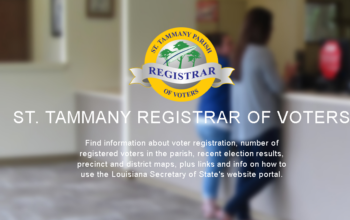The Oldest Continually Celebrated Holiday
News Year’s celebrations have a long history of rich tradition in almost every culture. It is dated back to the ancient Babylonians sometime around 4000 BC. The celebration began on the first new moon after the Spring Equinox and continued for eleven days, each day with a different activity. This was the start of the New Year’s resolution tradition, and there is a common symbolism of renewal, revitalization and self-improvement in many cultures worldwide.
Ancient Europe had many traditions for the new year. It is said that the first person to enter a home at the start of the new year represented the fortune of the household in the upcoming year. This “first-footer”, as they were called, should carry a gift, such as a coin for prosperity, bread for food, salt for flavor or whiskey for good cheer. In Ireland, mistletoe was handed out to ward off bad luck, and often hung around the house to remain until the next new year. Home owners would pound on their windows and doors with bread, to cast out evil spirits and ensure food for the year to come. The Chinese, however, had a different method to chase away evil spirits – noise makers and fireworks. Their new year is celebrated on the second new moon after the solstice, a date chosen to signal farmers that it is time to begin preparing their crops. People will wear red, and the dragon and lion will dance in the street. In Japan there is also much preparation for the new year. The house must be thoroughly cleaned, all disagreements are resolved and forgiven, all debts are paid. The new year is started with a clean slate, and the first day of the year is called “First Writing Day”, when people write their hopes and dreams for the new year. Firework displays are held around the world, some of the most famously lavish at Sydney harbor, Rio de Janeiro, Madeira, London, Disney World in Orlando Florida, and New York City, where the descent of the giant crystal ball marks the last moments of the new year.




